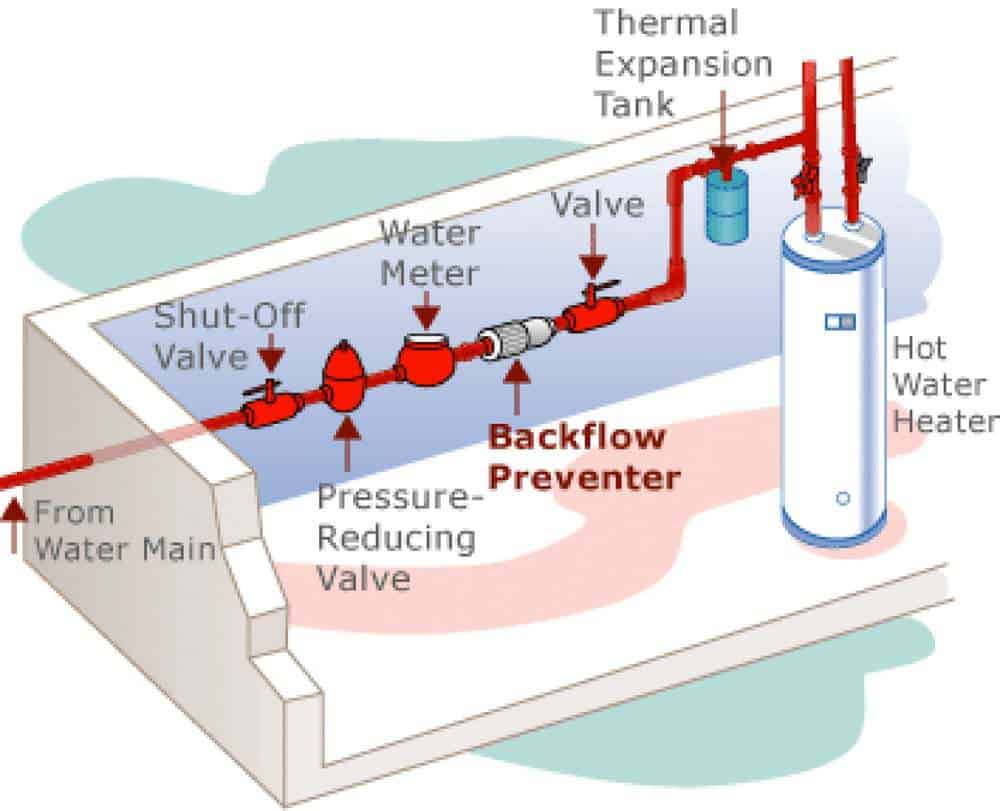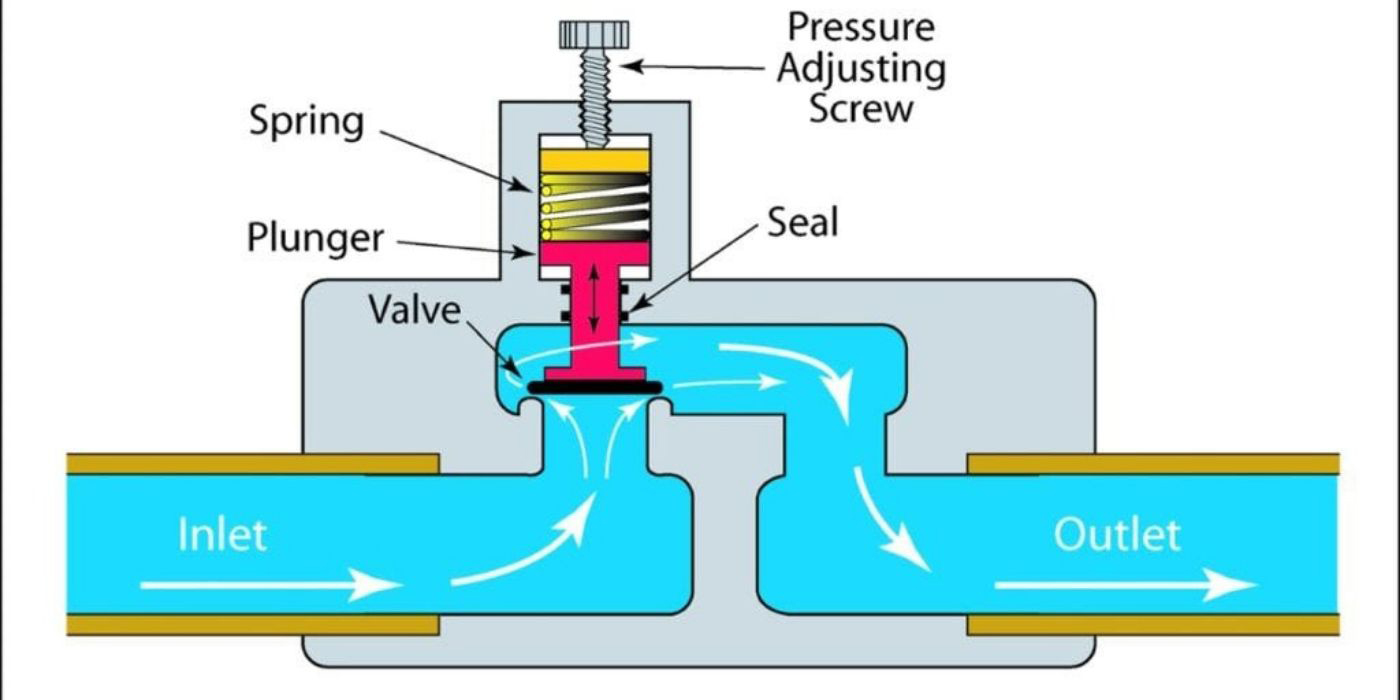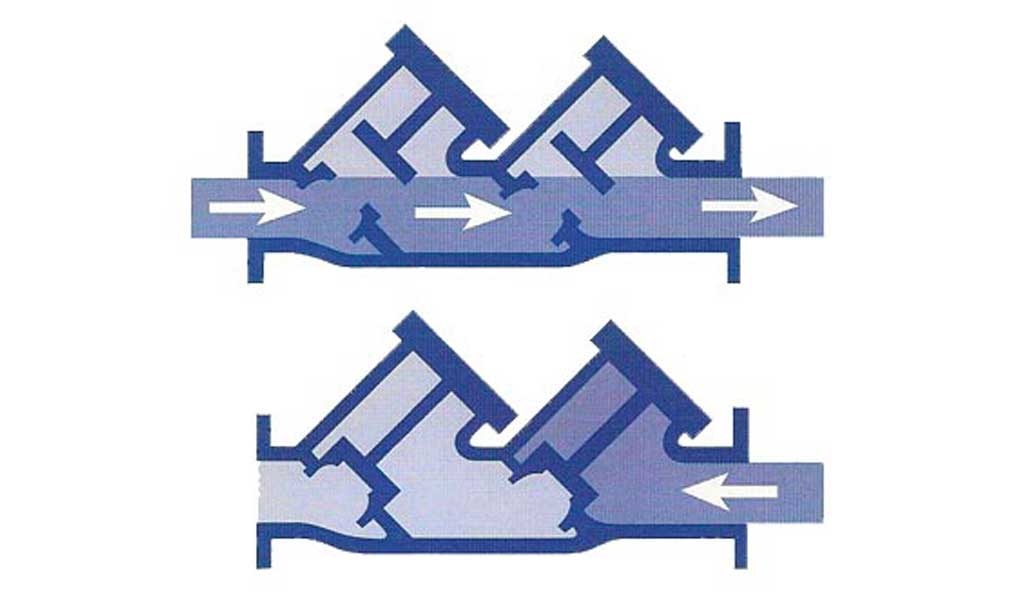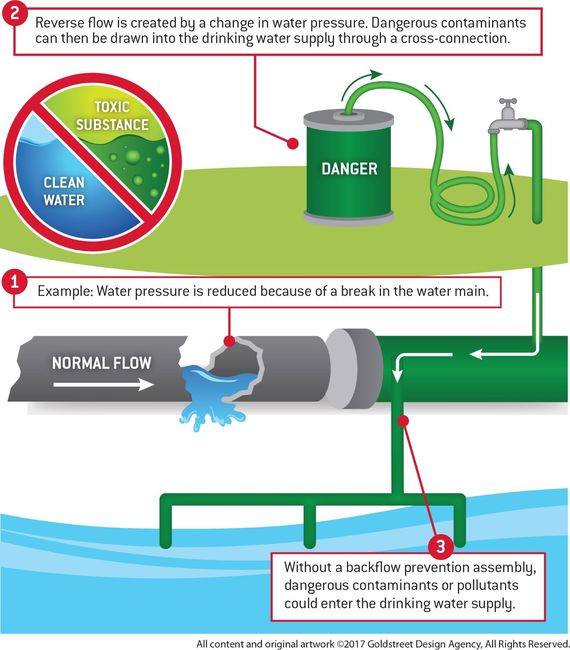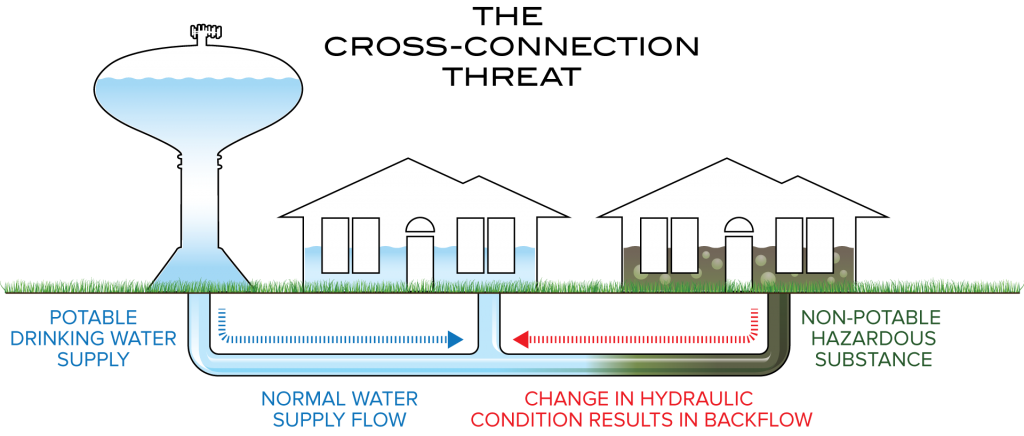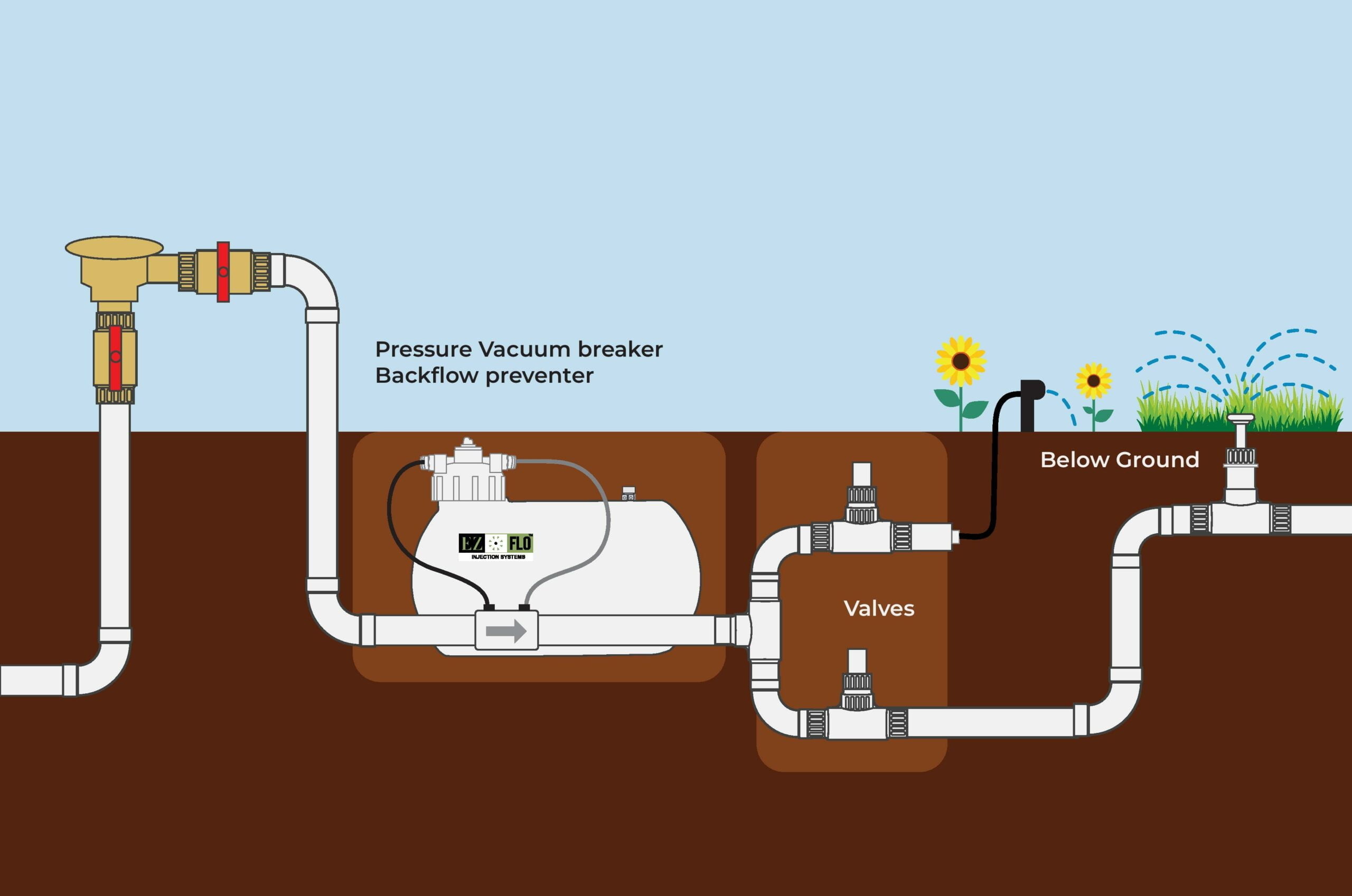Here’s A Quick Way To Solve A Tips About How To Prevent Backflow

The valve will distribute the sanitary water from the main supply.
How to prevent backflow. The most effective way to prevent backflow is by investing in an efficient backflow prevention system. Air gap one of the most effective techniques to avoid backflow and backsiphonage is to use air gaps. Two common ways to prevent backflow include:
Install a backwater prevention valve, which is a fixture installed into a sewer line (and sometimes into a drain line) in the basement of your home or business to prevent sewer. Here is what you need to know about backflow problems and how you can prevent them. To prevent sewage backflow, many commercial buildings and some residential buildings have a backflow prevention device installed in their plumbing system.
Therefore, it’s necessary to advise homeowners. The air gaps must be twice the diameter of the pipe and not less than 1 inch. Application you must take courses to become a certified backflow preventer tester.
The simplest, most reliable way to provide backflow prevention is to provide an air gap. Plumbers are well aware that stagnant water can freeze and burst the pipe. Other ways plumbers can help prevent backflow.
A backflow preventer valve is designed to prevent the water in your main water supply lines from flowing in a reverse direction. Getting a backflow prevention device installed and. However, you can’t just enroll in the classes on a whim.
We've put together a few backflow prevention tips to help you make sure you get clean running water every time. An air gap is simply an open vertical space between any device that connects to a. A barometric loop is installed.


